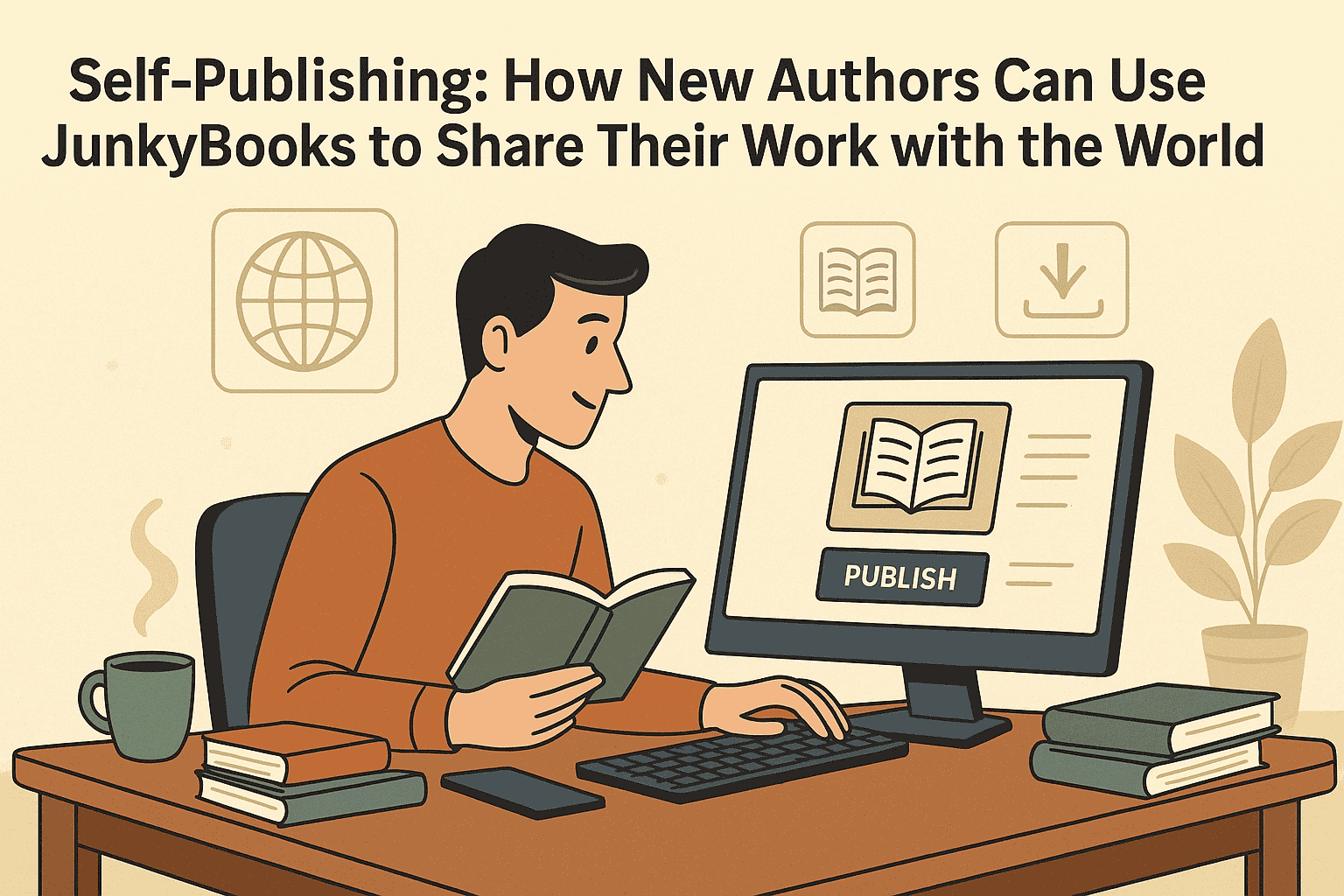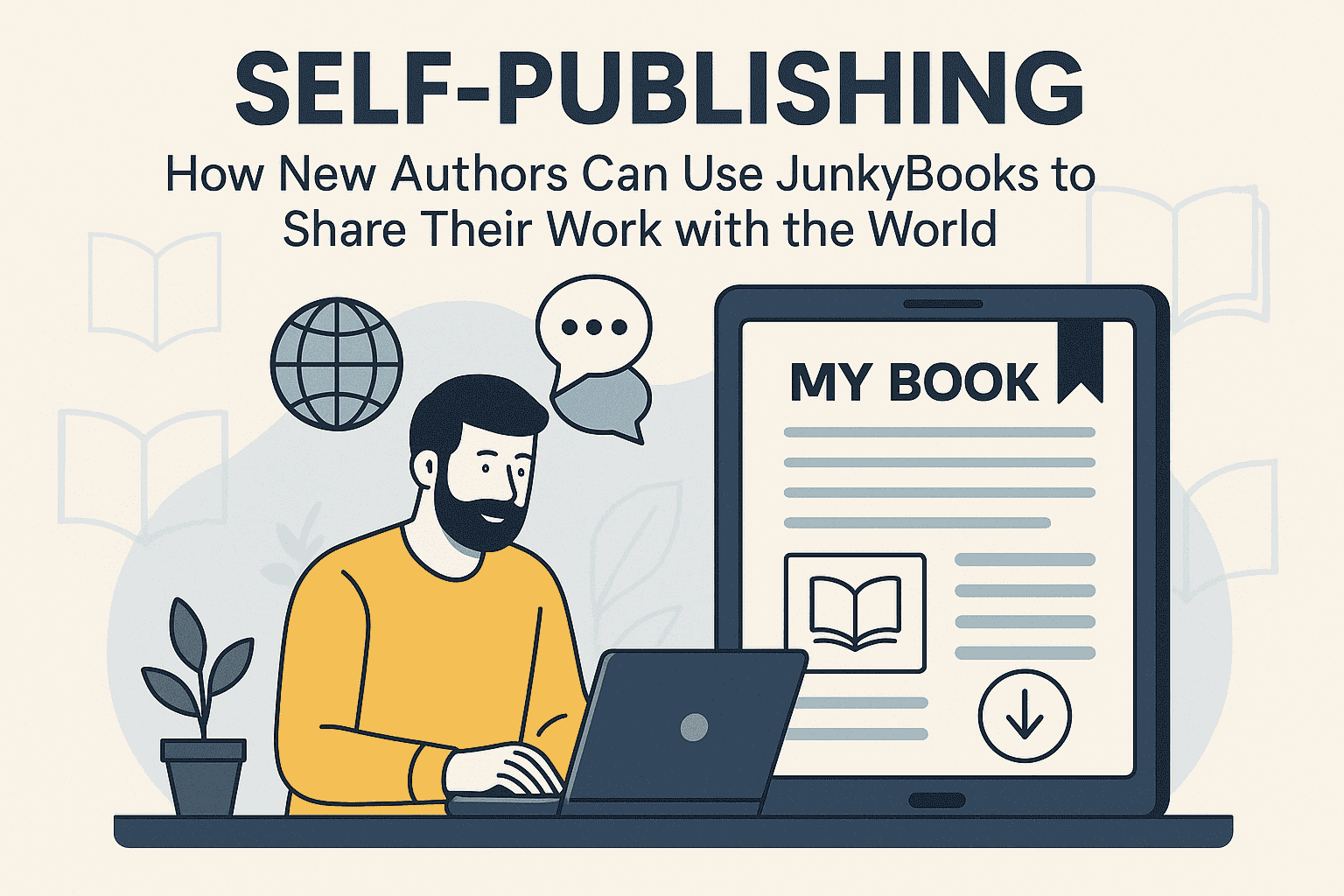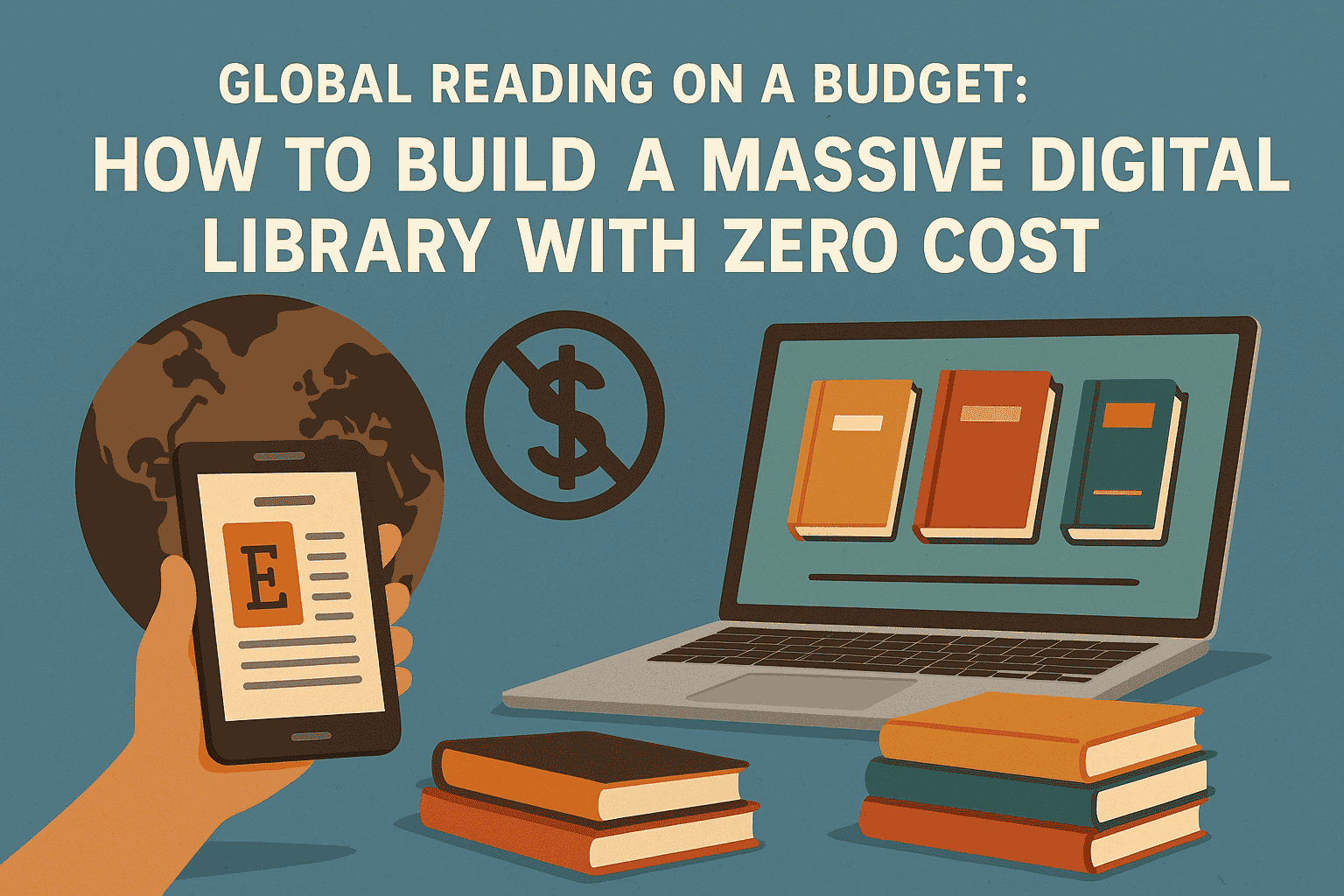The Importance of Editing in the Publishing Process
Publishing a book is more than just writing a compelling story or delivering powerful information—it’s about delivering that content in a clear, professional, and polished form. At the heart of this transformation from draft to masterpiece lies editing, one of the most critical—and often underestimated—stages in the publishing process.
Whether you’re self-publishing or going the traditional route, editing is what elevates your manuscript. It's what separates amateur writing from professional storytelling. Editing isn't just about correcting typos or fixing grammar; it’s about refining your voice, sharpening your message, and ensuring that your book resonates with readers.
In this post, we’ll explore why editing is essential, the different types of editing, and how to approach it to make your manuscript shine.
Why Editing Matters More Than You Think
Every great book you’ve ever read has been through multiple rounds of editing. Even best-selling authors rely on editors to help shape their work. Here's why editing is crucial to the publishing process:
1. Professionalism and Credibility
Readers, reviewers, agents, and publishers all expect a certain level of quality. A poorly edited book immediately signals a lack of professionalism. Typos, awkward sentences, and inconsistencies can distract from your message and cause readers to disengage.
In self-publishing especially, editing is often the difference between a respected book and one that gets ignored or panned.
2. Clarity and Readability
Even the most brilliant ideas can get lost in confusing or dense language. Editing improves flow, transitions, and sentence structure to ensure your writing is easy to follow and enjoyable to read.
Editors help translate your vision into words that make sense to your audience. That’s key to delivering value—whether you’re writing fiction, nonfiction, or anything in between.
3. Structure and Coherence
Is your story cohesive? Does your nonfiction book follow a logical path? Editing ensures your ideas build on each other and that each chapter serves a clear purpose. It helps eliminate redundancies and fill gaps in logic or narrative.
4. Voice and Tone Consistency
Your voice is one of your greatest assets as a writer—but it must remain consistent. A professional edit ensures your tone doesn’t shift unintentionally, and that your unique style is amplified, not lost.
5. Market Readiness
Books that go through professional editing are more likely to succeed in the marketplace. Agents, publishers, readers, and reviewers take notice when a manuscript has been carefully honed.
Now that we understand why editing is essential, let’s break down the different types of editing involved in the publishing process.
The 4 Main Types of Editing
Each type of editing serves a different purpose and happens at different stages in your manuscript’s journey.
1. Developmental Editing (Also Called Structural Editing)
This is the big-picture phase. A developmental editor looks at the overall structure, flow, and content of your book. In fiction, they’ll consider character arcs, plot progression, pacing, and narrative tension. In nonfiction, they’ll assess organization, clarity of argument, and content gaps.
Questions addressed in this stage include:
-
Does the story make sense from start to finish?
-
Are the characters believable and fully developed?
-
Are there any plot holes or inconsistencies?
-
Is the tone appropriate for the audience?
-
Is the message or thesis clearly communicated?
This is usually the first—and often the most collaborative—stage of editing.
2. Line Editing
Line editing focuses on the craft of writing at the sentence and paragraph level. A line editor works to enhance the rhythm, style, and clarity of your writing.
They’ll suggest improvements to:
-
Sentence structure
-
Word choice
-
Tone and voice
-
Dialogue flow
-
Transitions and paragraphing
It’s not about fixing errors (that comes later); it’s about making the prose more elegant and effective.
3. Copyediting
Copyediting is a detailed check for grammar, punctuation, spelling, and syntax errors. It ensures your writing adheres to style guides (e.g., Chicago Manual of Style) and corrects inconsistencies.
A copyeditor will look at:
-
Grammar and spelling
-
Word usage and consistency
-
Punctuation and formatting
-
Capitalization and hyphenation
-
Clarity and factual accuracy
This stage is vital for ensuring that your book reads cleanly and professionally.
4. Proofreading
Proofreading is the final polish before publication. After all other edits are done and the manuscript is formatted, a proofreader catches any lingering typos, formatting errors, or issues that may have slipped through.
This is your last line of defense before readers see your work.
Common Editing Mistakes Writers Make
Even experienced authors can fall into editing traps. Here are a few mistakes to avoid:
1. Skipping Editing Entirely
Some authors assume that spellcheck is enough. Others are too eager to publish and skip editing altogether. Both choices often lead to negative reviews and lost credibility.
2. Editing Too Early
Don’t get bogged down in grammar fixes while your story is still unfolding. Focus on getting the full draft out before going back to fine-tune.
3. Relying Only on Self-Editing
You’ll never catch everything on your own. Your brain fills in gaps and overlooks errors because you know what you meant. A fresh pair of eyes—especially trained ones—is crucial.
4. Over-Editing
Some writers get stuck in endless revision loops. Know when to stop. There’s no such thing as a perfect manuscript—only a finished one that’s been well edited.
Hiring a Professional Editor vs. DIY Editing
Pros of Hiring a Professional Editor:
-
Objective, expert feedback
-
Deep understanding of genre conventions
-
Saves you time and improves quality
-
Helps you avoid amateur mistakes
Cons:
-
Cost (can range from hundreds to thousands depending on length and type)
-
You need to find someone who understands your vision
If you’re on a tight budget, consider investing in at least one type of professional editing—preferably a copyedit or proofread.
DIY Editing Tips:
If you’re editing your own work, here are a few strategies to increase effectiveness:
-
Take breaks between writing and editing so you can come back with fresh eyes.
-
Read aloud to catch awkward phrasing and typos.
-
Use editing tools like Grammarly or ProWritingAid, but don’t rely solely on them.
-
Print your manuscript or change the font—it can help you spot errors more easily.
-
Work in layers: do one pass for structure, another for grammar, another for flow.
When Should You Edit Your Manuscript?
The editing process should start after you’ve completed your first draft. From there, here’s a common editing timeline:
-
Revise your own draft for content and clarity.
-
Get feedback from beta readers or critique partners.
-
Hire a developmental editor (if needed) to refine big-picture issues.
-
Do a line edit or hire a line editor.
-
Follow with a copyedit to catch technical issues.
-
Finish with a proofread before publishing.
Final Thoughts
Editing is not a luxury—it’s a necessity. It’s what ensures your book represents your best work and gives readers the experience they deserve. Whether you’re telling a gripping story, offering expert advice, or sharing your life journey, editing helps you do it with clarity, confidence, and impact.
While writing is an art, editing is a craft. Embrace it. Respect it. Invest in it.
Your future readers—and your writing career—will thank you.






